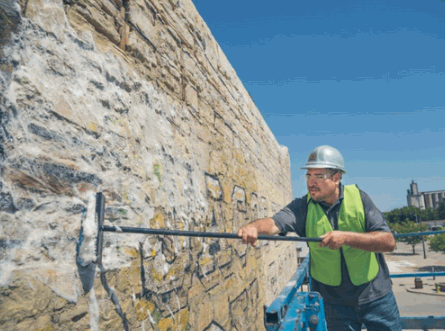Cladding is essential for both the protection and aesthetic enhancement of buildings; however, it requires regular maintenance to ensure optimal appearance. This guide examines the concept of cladding, the importance of maintaining its cleanliness, and the various types available, including timber and stone. It offers effective cleaning procedures and recommendations tailored to different cladding materials. Whether you are a homeowner or a property manager, this guide provides the necessary knowledge to maintain your cladding effectively.
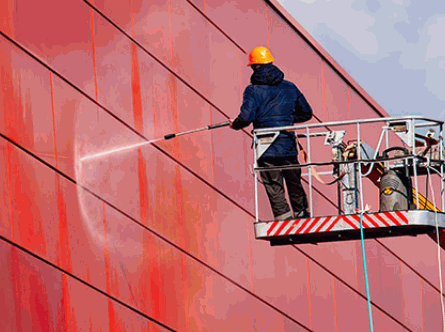
Cladding is the process of applying one material over another to create a protective layer that also enhances the aesthetic appeal of buildings. This architectural technique is widely employed to improve the durability of structures while providing insulation and resistance to weather elements.
A diverse range of cladding materials is available, including composite cladding, wood cladding, and PVC cladding, each serving specific functions based on environmental conditions. Composite materials are especially preferred due to their low maintenance requirements and environmentally friendly characteristics, positioning them as an ideal choice for contemporary buildings in the UK and beyond.
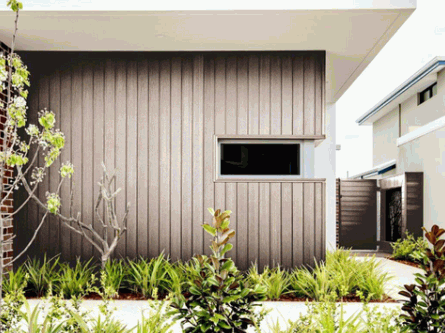
Cleaning cladding is a critical component in preserving the appearance and longevity of a building's exterior. Over time, exposure to environmental elements can result in the accumulation of dirt, grime, stubborn stains, mould, and mildew. This not only diminishes the visual appeal of the structure but may also pose a risk of structural damage if left unaddressed.
Regular cleaning enhances overall kerb appeal and complies with maintenance standards, ensuring that cladding materials, especially eco-friendly options such as composite cladding, remain in optimal condition for years to come.
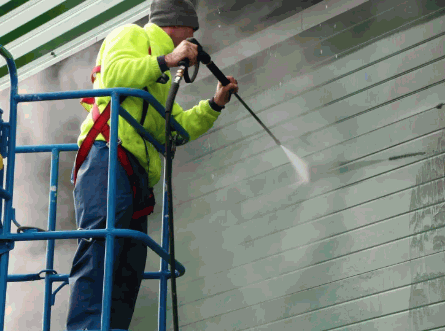
There are various types of cladding available, each providing distinct benefits and aesthetic qualities that accommodate diverse architectural styles and environments.
Timber cladding, renowned for its natural appearance, is frequently used in residential homes. In contrast, vinyl cladding is preferred for its durability and minimal maintenance requirements.
Metal cladding offers a contemporary aesthetic along with long-lasting protection, while brick and stone cladding delivers timeless elegance and substantial structural support.
A comprehensive understanding of the different cladding types enables homeowners and builders to make informed decisions tailored to their specific needs, climate considerations, and design preferences.
Timber cladding is widely regarded for its natural aesthetic appeal and versatility in design, making it suitable for various architectural styles. It imparts warmth and character to buildings and is frequently preferred for eco-friendly construction projects due to its renewable properties.
While the visual appeal of timber cladding is evident, there are both benefits and drawbacks that potential buyers should carefully consider. On the positive side, timber cladding offers excellent insulation, can enhance property value, and contributes to lower carbon emissions when compared to synthetic alternatives. Notable types, such as cedar and larch, are recognised for their durability and resistance to decay, which affect not only their aesthetic qualities but also their cleaning and maintenance requirements. For example, cedar may necessitate less frequent maintenance due to its natural oils, whereas larch may require periodic treatments to preserve its appearance.
Benefits:
Drawbacks:
In conclusion, the decision to select timber cladding requires careful consideration of aesthetics, sustainability, and maintenance obligations.
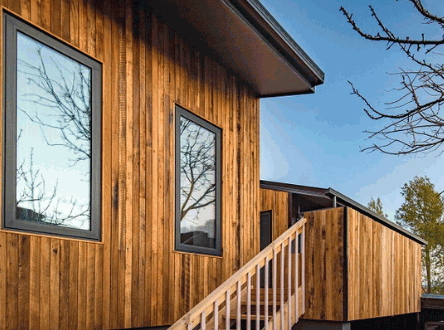
Vinyl cladding is well-regarded for its durability and low maintenance requirements, making it an ideal choice for homeowners seeking an affordable yet effective exterior solution. It is resistant to fading, peeling, and cracking, ensuring long-lasting beauty without the necessity for frequent upkeep.
Furthermore, the cost-effectiveness of vinyl cladding is noteworthy. Unlike traditional materials that often entail higher installation and maintenance costs, vinyl offers an economical alternative, providing excellent value over time.
Homeowners also appreciate the ease of cleaning associated with this material; typically, a simple rinse with a garden hose is sufficient to remove dirt and grime. For more stubborn stains, a mixture of warm water and mild soap is recommended.
This durability allows homeowners to maintain a beautifully presented exterior with minimal effort, thereby enhancing both aesthetic appeal and property value.
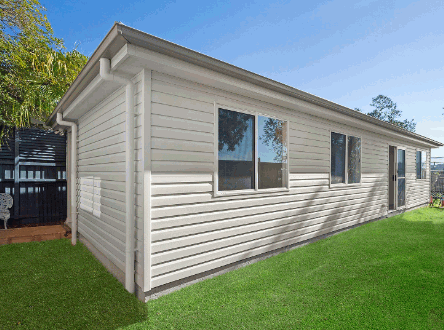
Metal cladding provides a sleek and modern design that not only enhances the aesthetic appeal of a building but also offers exceptional weather resistance and insulation properties. This type of cladding is particularly effective in urban settings, where durability and a contemporary appearance are of paramount importance.
Plus its striking visual appeal, metal cladding presents significant advantages in terms of strength and longevity. Its resilience to harsh weather conditions ensures that buildings remain protected from the elements, thereby minimising the need for frequent repairs.
The variety of available finishes allows architects and builders to explore options such as:
These elements can complement any architectural style.
To maintain metal cladding in optimal condition, periodic cleaning is recommended. This typically involves:
Overall, metal cladding offers a stylish and robust solution for contemporary buildings.
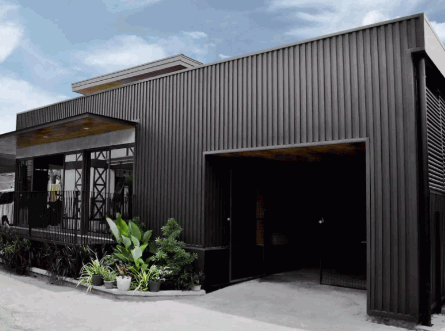
Brick cladding offers a traditional aesthetic that significantly enhances the character of any building while also contributing to thermal efficiency and structural integrity. Its inherent strength and durability make it a preferred choice for both residential and commercial properties.
Beyond its visual appeal, the thermal advantages of brick cladding are substantial; it effectively retains heat during colder months and helps maintain cooler interiors in the summer, resulting in improved energy efficiency and reduced heating costs over time.
Property owners will value the longevity of brick cladding, which can withstand harsh weather conditions while requiring minimal maintenance. To preserve its appeal and functionality, specific cleaning methods should be employed:
Despite its resilience, brick surfaces may encounter challenges such as water staining or efflorescence due to moisture absorption. Addressing these issues promptly is essential to maintaining the beauty and durability of the cladding, ensuring it continues to be a hallmark of architectural elegance.
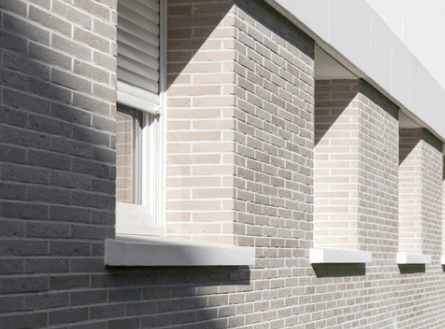
Stone cladding is widely recognised for its natural beauty and durability, offering an elegant and timeless façade that enhances the visual appeal of buildings. Its robust nature renders it suitable for a variety of climates; however, it necessitates specific maintenance and cleaning considerations.
Plus its striking aesthetic, stone cladding provides significant structural advantages, imparting a sense of permanence and stability to buildings. This material serves not only as a protective outer layer but also contributes to energy efficiency by providing insulation. To maintain its visual charm and functional integrity, regular cleaning is of utmost importance.
Appropriate cleaning agents must be identified to prevent damage to the stone surface, making it prudent to consult a professional when deep cleaning is necessary.
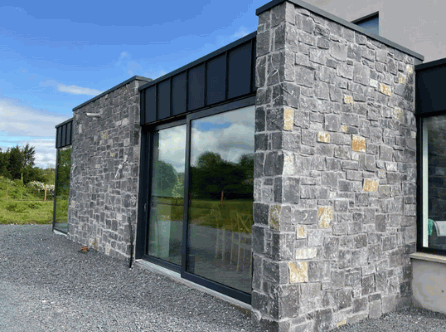
Cleaning cladding requires a systematic approach to effectively remove dirt, grime, stubborn stains, and biological growth, such as mould, mildew, algae, and bacteria. The process typically begins with the preparation of the area, ensuring that all necessary tools and cleaning agents are readily available.
This includes warm soapy water and either a soft brush or a pressure washer for more intensive cleaning. This approach is especially effective for cleaning composite cladding materials, including stain-resistant composites, which benefit from high-quality oxygen and eco-friendly cleaning choices. Adopting this methodical approach is essential for preserving the integrity and aesthetic appeal of the cladding while thoroughly addressing any staining or environmental damage.
Preparing the area for cleaning is a critical first step that entails establishing a safe and organised workspace. This process may involve relocating furniture away from the cladding and applying protective coverings to surfaces that could be adversely affected by cleaning agents or water.
Plus these initial tasks, it is essential to assess the cleaning products that will be utilised, prioritising eco-friendly options whenever feasible to protect the environment and the surrounding ecosystem.
Ahead of commencing the cleaning process, it is advisable to ensure the following:
By implementing these precautionary measures, one can enhance the efficiency of the cleaning process while maintaining a focus on safety for both individuals and the environment.
Selecting the appropriate cleaning solution is crucial for effectively addressing stains and ensuring the durability of cladding materials. Options such as sodium percarbonate and other eco-friendly agents offer powerful cleaning capabilities without detrimental effects on the environment.
In the context of cladding maintenance, various cleaning solutions are available, each designed to address specific stains and grime accumulation.
Each type of cleaner not only addresses specific challenges but also enhances the longevity and aesthetic appeal of the cladding.
Once the appropriate cleaning solution has been selected, the subsequent step involves meticulously scrubbing the cladding to eliminate accumulated dirt, grime, and stains. This is especially important for composite decking and exterior cladding, ensuring the service life and durability of the materials. It is advisable to use a soft brush to prevent damage to the cladding surface while effectively dislodging persistent grime.
At this stage, it is essential to employ the correct techniques and tools to achieve optimal results. Begin with gentle, circular motions to avoid scratching the surface, ensuring comprehensive coverage of the cladding. For more challenging stains, consider utilising a nylon-bristled brush or a pressure washer set to low pressure, while maintaining a distance of at least two feet from the surface.
It is imperative to rinse thoroughly after scrubbing to remove all residues and prevent additional staining. Regular maintenance can significantly reduce the time and effort required for cleaning in the long term.
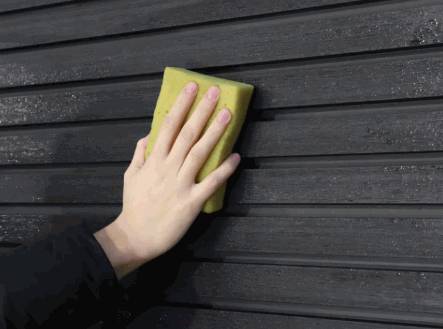
After thoroughly scrubbing, it is imperative to rinse off the cleaning solution completely to prevent any residue from causing damage to the cladding materials. Using a pressure washer can be particularly effective at this stage, ensuring that all remnants of cleaning agents are effectively removed from the surface.
During the rinsing process, it is essential to direct the water stream evenly across the entire area, allowing the pressure to dislodge particles that may be lodged in crevices. Ensuring a complete rinse not only eliminates potential stains caused by drying cleaning agents but also helps to protect the integrity of the material itself. It is advisable to avoid concentrating on a single spot for an extended period, as this may result in unintended damage or discolouration.
This meticulous attention to detail during the rinsing process not only enhances the visual appeal but also significantly extends the lifespan of the cladding materials.
Look into: Can You Pressure Wash A Rug
The final step in the cleaning process involves thoroughly drying the cladding to prevent moisture build-up, which can lead to complications such as mould, mildew growth, and viruses. This can be accomplished through natural air drying or by utilising fans to expedite the drying process.
Proper drying techniques are essential for maintaining both the longevity and aesthetic appeal of the cladding. Ensuring that moisture is effectively eliminated not only enhances durability but also prevents potential structural damage. When moisture is permitted to persist, it can create an environment conducive to the proliferation of harmful organisms, ultimately compromising the integrity of the material.
Given these considerations, it is paramount to avoid moisture retention to preserve the beauty and functionality of the cladding. This is particularly important for preventing long-term damage that may arise from neglecting the drying process.
Cleaning various types of cladding necessitates specialised approaches for each material to achieve effective results without inflicting damage. For example, the cleaning of timber cladding may require the use of natural cleaning agents to maintain its finish, whereas vinyl cladding could benefit from more robust cleaning solutions designed to address stubborn stains.
A thorough understanding of the distinct properties associated with each cladding type enables both homeowners and professionals to attain optimal cleaning results.
Cleaning timber cladding necessitates a careful selection of cleaning agents to preserve its natural beauty and structural integrity.
The choice of appropriate products is essential, as certain chemicals can adversely affect the wood, compromising both its appearance and structural soundness. The cleaning methods employed are equally important. It is advisable to adopt a systematic approach that includes the following steps:
By following these methods, one can not only maintain the aesthetic appeal of timber cladding but also enhance its durability and lifespan.
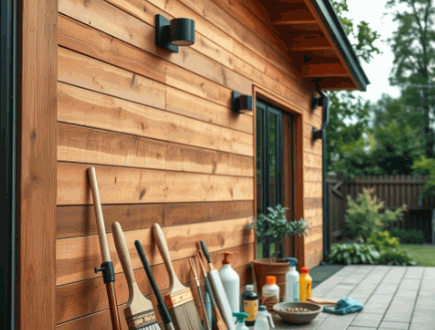
When cleaning vinyl cladding, the use of a pressure washer can be highly effective due to the material's durability and resistance to various cleaning agents. This method efficiently removes stubborn stains and dirt, ensuring that the cladding retains its original appearance.
By employing this approach, homeowners can benefit from a comprehensive cleaning process that saves considerable time and effort, particularly when addressing large exterior surfaces. Pressure washing not only enhances the aesthetic appeal of the cladding but also extends its lifespan by preventing the accumulation of mould and mildew.
When selecting cleaning solutions, it is advisable to consider those specifically formulated for vinyl, such as:
These targeted products work effectively in conjunction with pressure washers, allowing for optimal cleaning without compromising the integrity of the material.
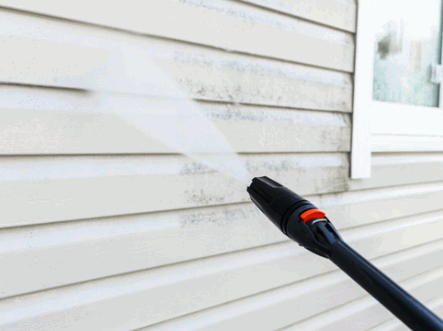
Cleaning metal cladding is crucial not only for aesthetic appeal but also for rust prevention and the overall maintenance of its condition. Utilising high-quality cleaners specifically formulated for metal surfaces can effectively eliminate dirt and grime without compromising the finish.
Incorporating a regular cleaning schedule into the maintenance routine can significantly enhance the lifespan of metal cladding. The use of pH-balanced solutions is essential, as they help mitigate the risk of corrosion while promoting a pristine appearance. It is advisable to commence the cleaning process by rinsing the surface with water to remove loose debris. Subsequently, applying an appropriate cleaner with a soft cloth or sponge can yield excellent results.
Periodic inspections of the cladding for signs of rust or wear will facilitate timely intervention, thereby preserving both the integrity and aesthetics of the metal.
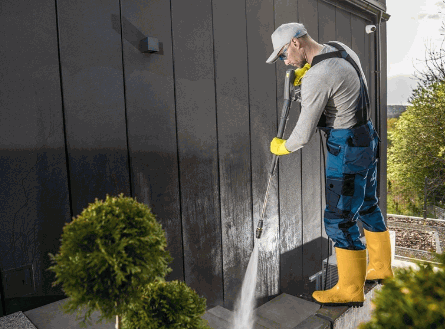
Cleaning brick cladding necessitates careful consideration to prevent water staining and potential damage to the mortar joints. While a pressure washer can be an effective tool for this task, it must be used with caution to ensure that water does not infiltrate and compromise the structural integrity of the brickwork. Additionally, be mindful of mould and mildew, which can develop if moisture is not adequately managed.
To effectively preserve both the aesthetic and structural integrity of brick exteriors, homeowners should implement a systematic approach to cleaning. Proper rinsing is essential in this process, as it aids in the removal of dirt and debris without leaving behind any cleaning solutions that could lead to discolouration.
The following guidelines should be observed:
By adhering to these recommendations, homeowners can maintain their brick cladding in optimal condition, thereby safeguarding it against potential water damage.
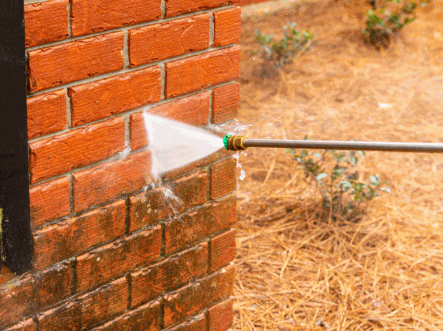
When cleaning stone cladding, it is imperative to employ gentle cleaning methods to preserve the natural beauty and integrity of the stones. Using soft brushes and eco-friendly cleaning agents can effectively remove dirt without causing abrasion or damage.
To maintain the aesthetics and longevity of stone surfaces, it is critical to prioritize moisture management. Excess moisture can lead to discolouration and potentially result in structural issues over time. The following practices are recommended:
By integrating these techniques, one can significantly enhance the resilience of stone cladding, ensuring that it remains visually appealing and structurally sound for years to come.
